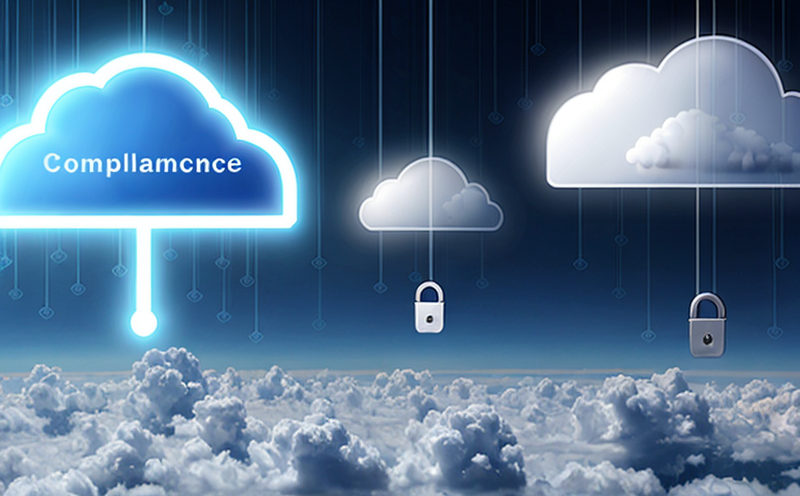Cloud Configuration and Misconfiguration Compliance Testing
In today’s digital age, cloud computing has become an indispensable part of business operations. However, with its widespread adoption comes the critical challenge of ensuring secure configurations to prevent vulnerabilities that could lead to data breaches or compliance issues. This is where our Cloud Configuration and Misconfiguration Compliance Testing service plays a pivotal role.
Our testing service focuses on identifying potential security risks within cloud environments by examining configuration settings, policies, and access controls. We utilize automated tools and manual audits to ensure thoroughness and accuracy. By leveraging industry best practices and regulatory requirements, we help organizations maintain compliance with relevant standards such as ISO/IEC 27001, NIST SP 800-53, and GDPR.
The importance of cloud configuration cannot be overstated. A single misconfiguration can expose an organization to significant risks including unauthorized access, data breaches, and potential legal ramifications. Our testing approach ensures that all critical aspects of cloud infrastructure are reviewed meticulously. This includes network settings, identity management systems, encryption protocols, and more.
Our team of cybersecurity experts works closely with clients to understand their specific needs and objectives. From initial assessments to remediation strategies, we provide comprehensive solutions tailored to each organization's unique requirements. Our testing process involves several key steps:
- Analyzing current configurations against established best practices.
- Identifying any discrepancies between actual implementations and recommended settings.
- Implementing necessary changes to align with compliance standards.
- Regularly monitoring the configuration post-implementation for ongoing security assurance.
Through this rigorous process, we ensure that clients not only meet but exceed industry expectations regarding cloud security and compliance. Our goal is to provide peace of mind knowing that your organization’s cloud environment is secure and compliant.
Applied Standards
| Standard | Description |
|---|---|
| ISO/IEC 27001:2013 | This international standard specifies the requirements for establishing, implementing, maintaining and continually improving an Information Security Management System (ISMS). |
| NIST SP 800-53 Revision 4 | A comprehensive guide to managing information security risks in Federal organizations. |
| Standard | Description |
|---|---|
| GDPR (General Data Protection Regulation) | A regulation in EU law on data protection and privacy for all individuals within the European Union. |
| CIS Controls | A set of 20 best practices to secure information systems and networks developed by the Center for Internet Security (CIS). |
Quality and Reliability Assurance
In our commitment to excellence, we adhere strictly to established quality management systems. Our testing methodologies are designed to ensure that every aspect of cloud configuration is meticulously reviewed. This includes not only technical evaluations but also thorough audits of administrative processes.
We employ state-of-the-art tools and techniques to identify potential vulnerabilities early in the development lifecycle. Our approach ensures that issues are addressed before they can escalate into major problems, thereby enhancing overall system reliability and performance. We also provide detailed reports highlighting both current status and recommended improvements, enabling organizations to make informed decisions.
Our quality assurance processes go beyond mere compliance checks; we strive for continuous improvement by staying abreast of the latest trends and technologies in cloud security. By doing so, we ensure that our services remain relevant and effective even as threats evolve over time.
Environmental and Sustainability Contributions
While our primary focus is on enhancing the security and compliance of cloud environments, it’s worth noting that our efforts also contribute positively to environmental sustainability. By promoting secure configurations, we help reduce the risk of data breaches which can lead to costly investigations and potential legal actions.
Avoiding such incidents minimizes disruptions within organizations while also reducing unnecessary resource consumption associated with recovery efforts. Additionally, ensuring robust security measures supports sustainable business practices by fostering trust among stakeholders.





